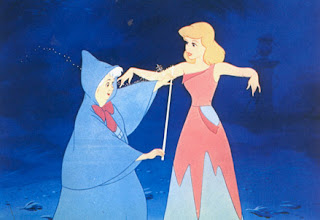
The story Green Eggs and Ham is a beginning reader picture book! Beginning Reader books are designed to be well written yet easy to read. In this classic children's book the character Sam - I - Am is trying to convince the other character to try his green eggs and ham. The story takes the reader on a journey of how far Sam - I - Am will go to make his friend try his Green Eggs and Ham! His friend has already made up his mind that he does like green eggs and ham before he has even tried them. Sam - I - Am finally takes it so far that his friend gives in and says he will try them. After trying the green eggs and ham his friend realizes that he does like them! He even says he will eat them anywhere! I think this book is a great beginning reader book because it is challenging in the sense that there are many words on some pages but these words are not difficult. It is also a rhyming book which is fun for kids because they like to see what words will be rhymed with other words! I think one message this book sends to kids is not to judge something without giving it a chance first. Sam - I - Am's friend immediately thought he did not like green eggs and ham until he actually gave them a chance and found out he loved them! This is a great, fun and entertaining book that I would high recommend to anyone, young or old!
Seuss, Dr.. Green Eggs and Ham. New York: Beginner Books Inc. , 1960.
*According to Publisher's Weekly, Green Eggs and Ham is the 4th best selling English language children's book of all time.






